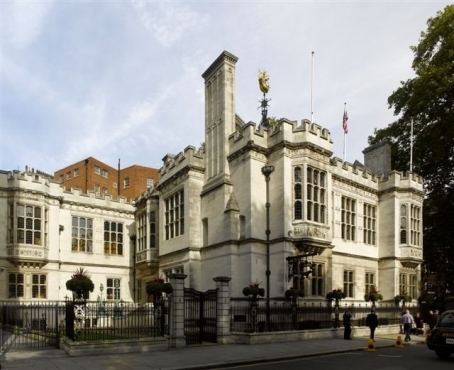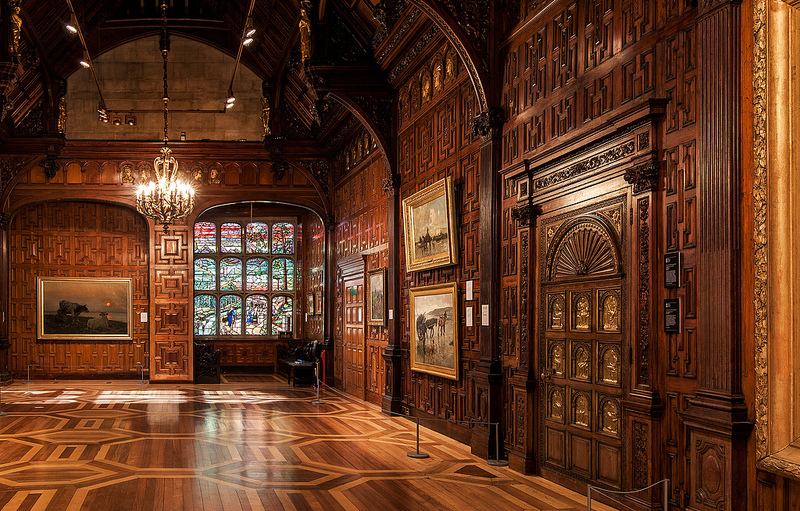Part of the fun of going to a museum is wondering what you are going to learn about that is totally unexpected and utterly fascinating. There is always something that stops one in one’s tracks. In London, I had huge fun recently learning about the most unusual and esoteric of objects in today’s context. How often does one use a tobacco grater today!
Tobacco had first been brought to Europe by Christopher Columbus and his men from Cuba, and by 1528, Europeans in general were being introduced to it, with an emphasis on all its medicinal advantages. The thriving trade helped foster colonization and was also an important factor in the slave trade with Africa. Sir Walter Raleigh supposedly brought the Virginia strain of tobacco to England in 1578 and again, its healthful aspects were emphasized. Virginia became a very important source of tobacco, with its cultivation spreading to the Carolinas. Tonnage imported to England steadily increased, and by 1620, 54,000 kg. were produced in Jamestown, Virginia, alone.
Read More







